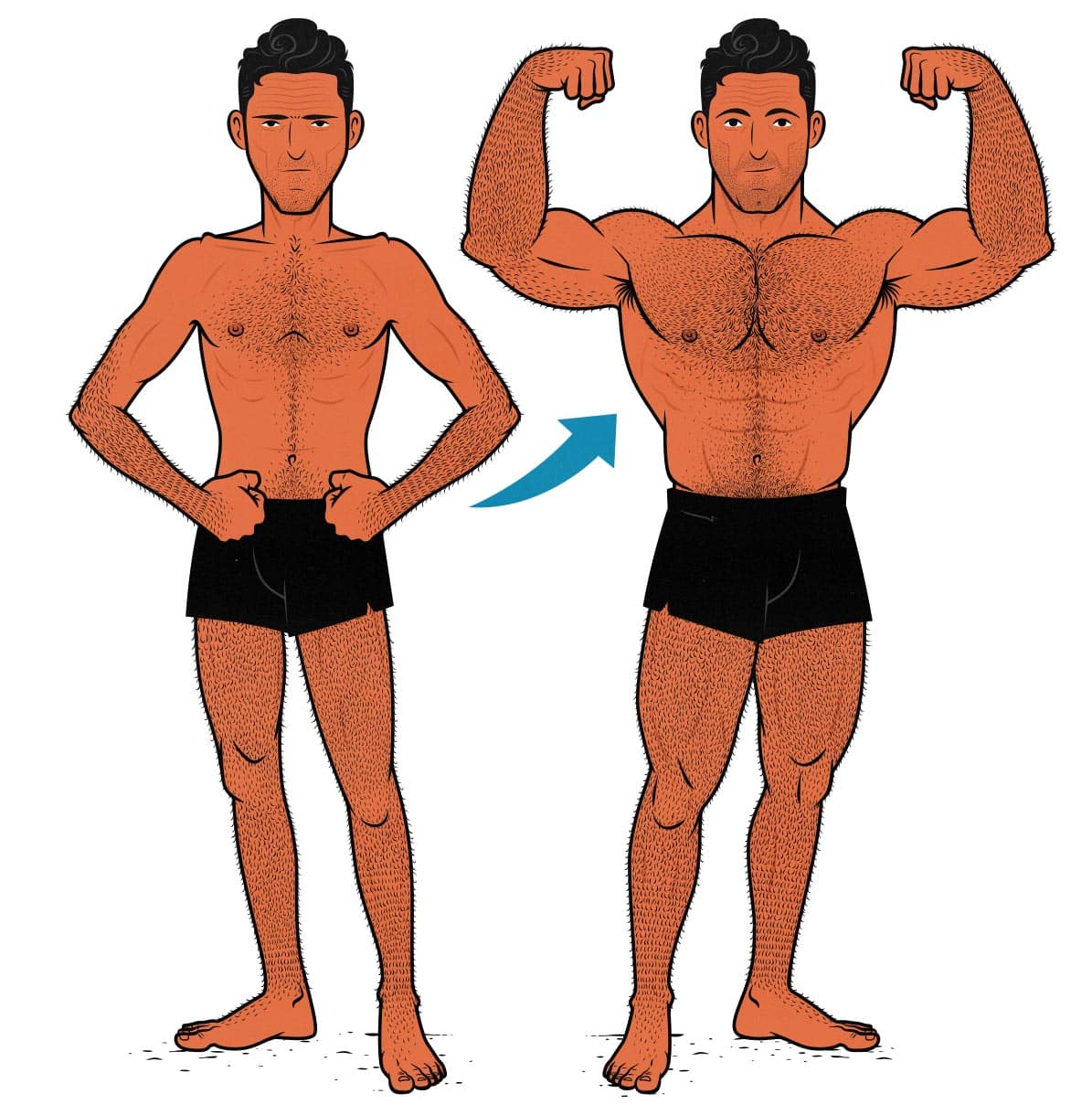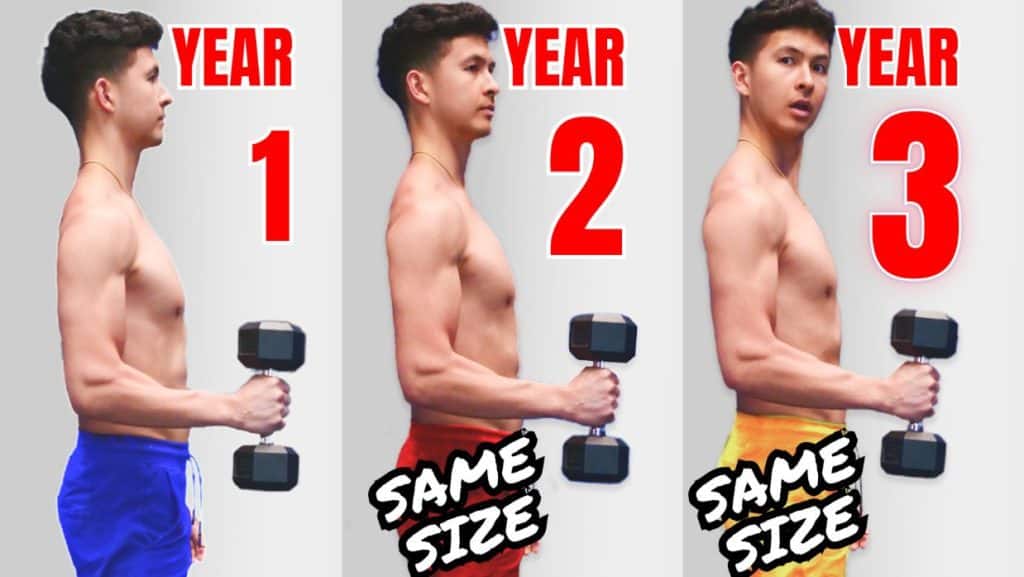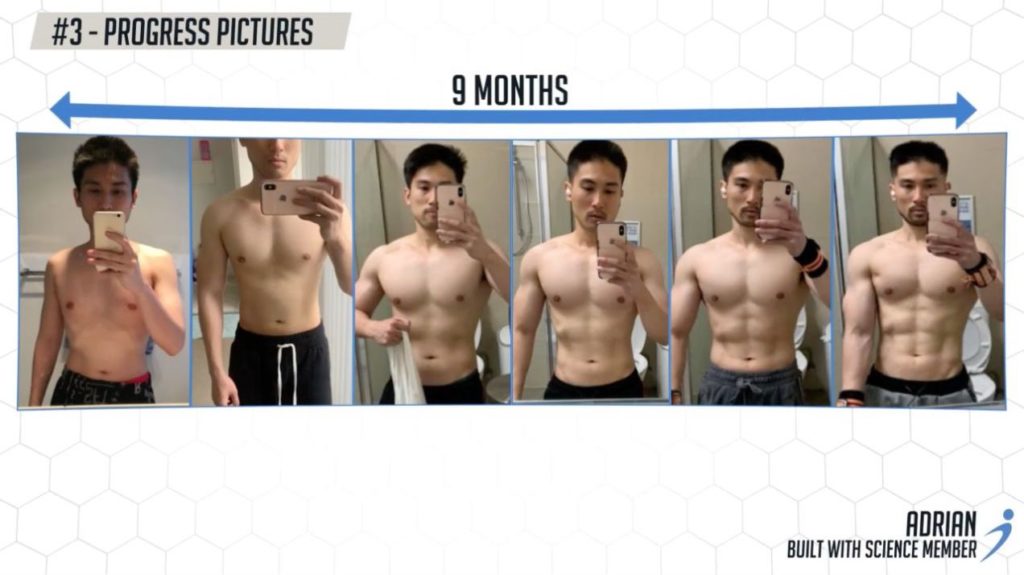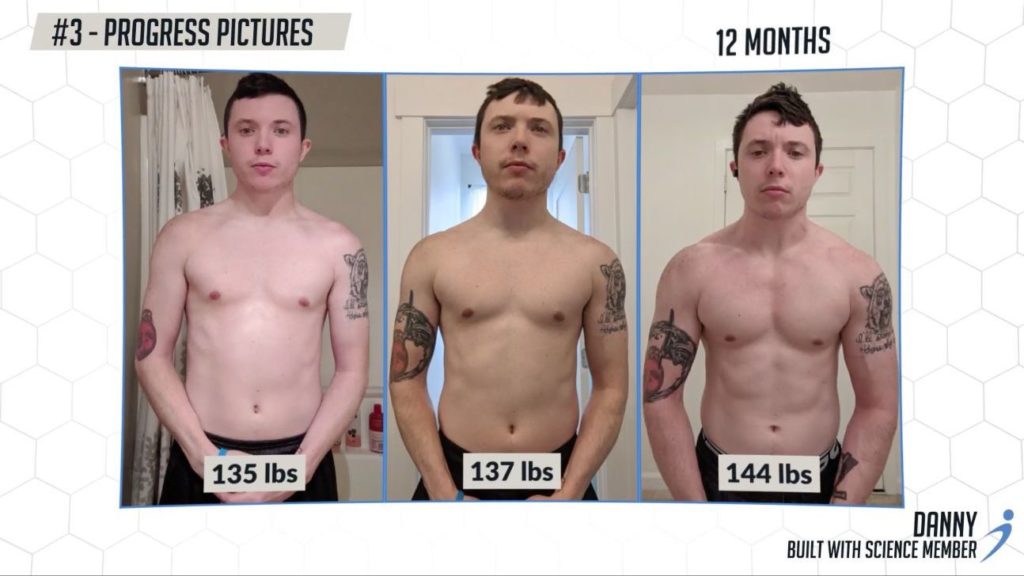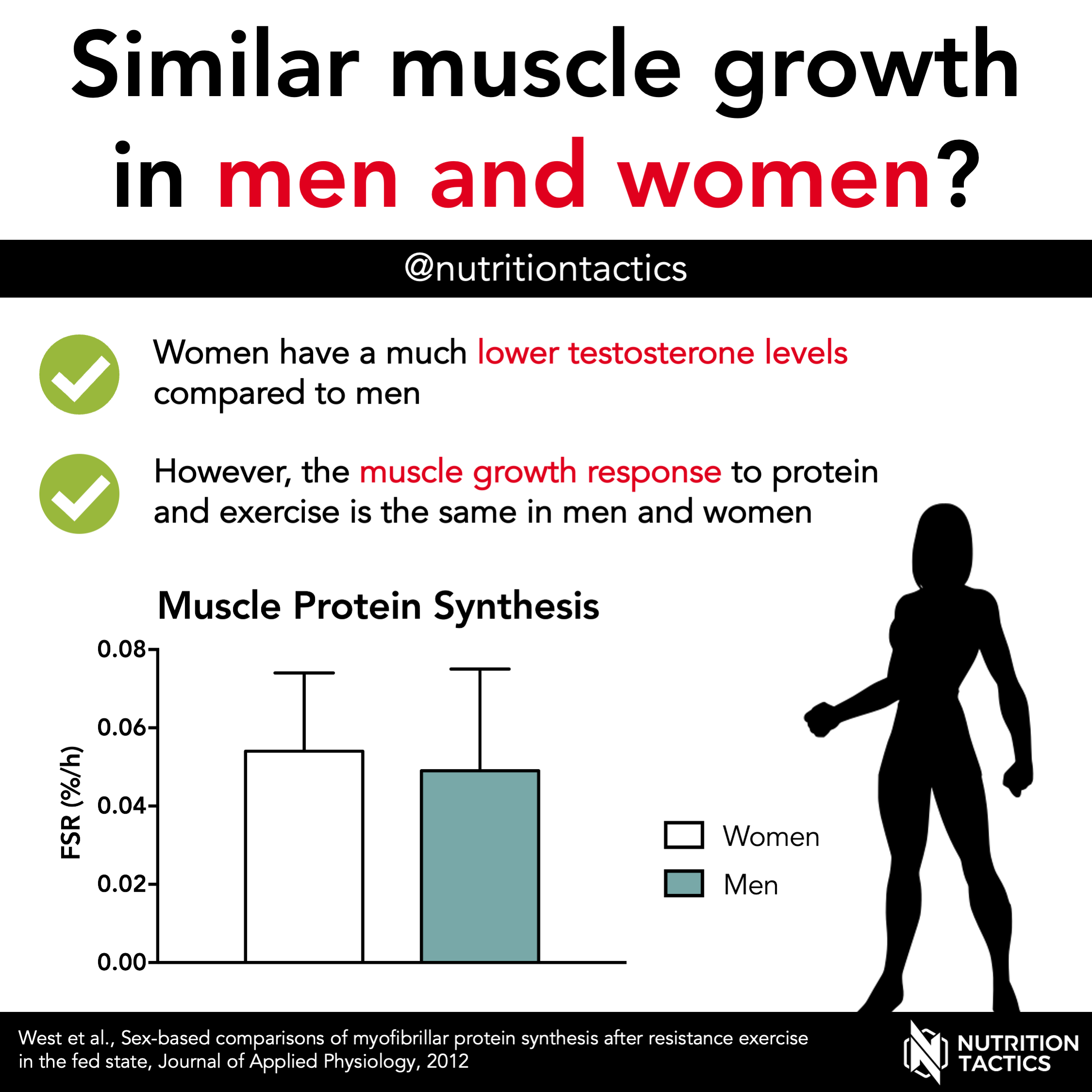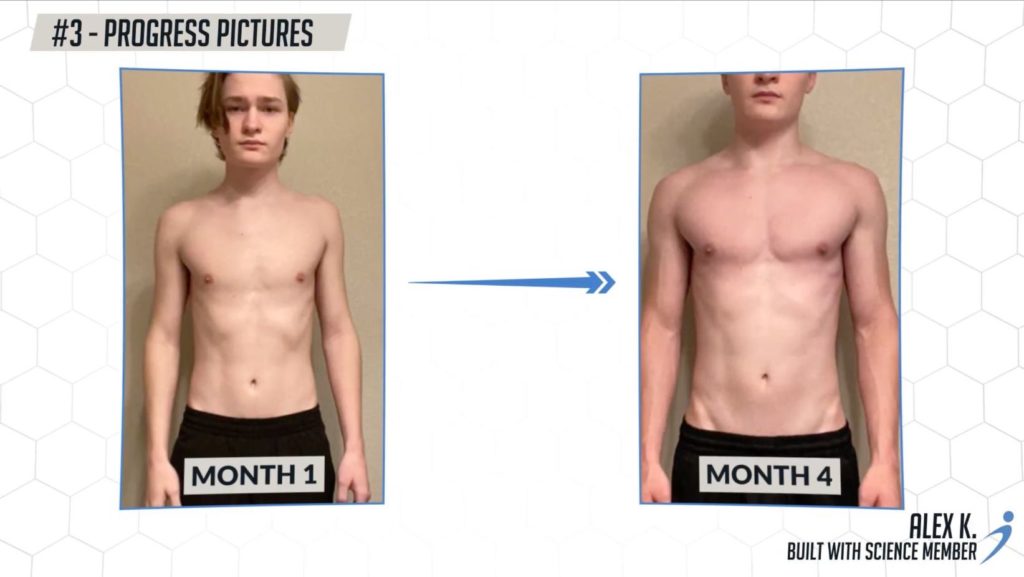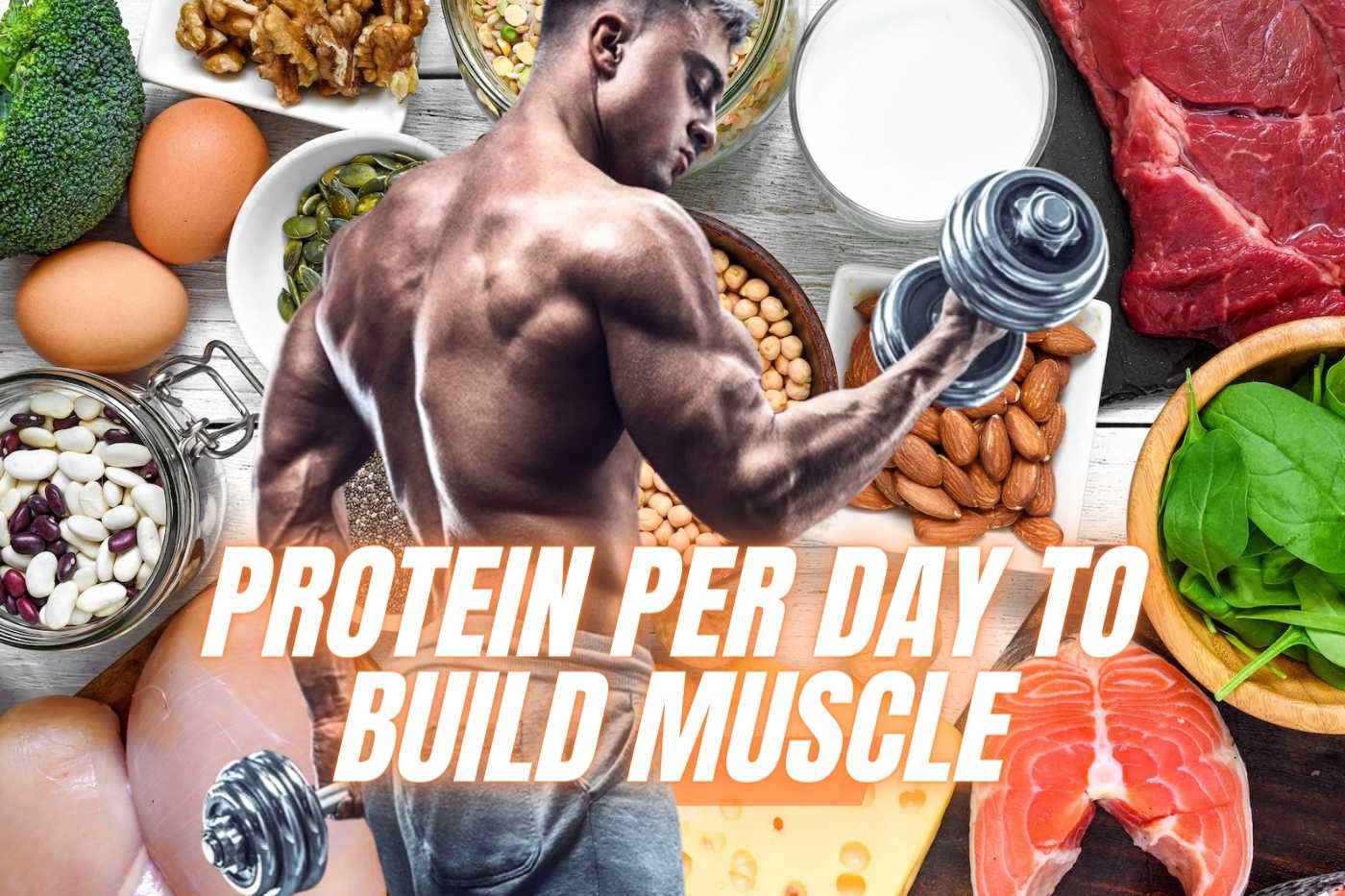Why Am I Not Seeing Muscle Growth

The gym hums with the rhythmic clang of weights. Sweat glistens on foreheads, a testament to the effort poured into each rep. You're there too, three, four, sometimes even five times a week, pushing yourself. But despite the dedication, the mirror reflects… well, not much change. The sleeves still hang a little loose, and the promised land of noticeable muscle seems perpetually out of reach.
If you're diligently hitting the gym but not seeing the muscle growth you crave, don't despair. It's a frustratingly common experience, but the good news is that it's almost always fixable. This article will delve into the most frequent culprits behind stalled gains, offering practical solutions to reignite your muscle-building journey and finally see the fruits of your labor.
Understanding the Fundamentals of Muscle Growth
Before diving into potential roadblocks, it's crucial to understand the basic science of muscle hypertrophy – the process of muscle growth. Muscle growth happens when you consistently challenge your muscles with resistance training, causing microscopic tears in the muscle fibers. Your body then repairs these tears, building the fibers back stronger and larger than before.
This process relies on several key factors, including adequate protein intake, sufficient caloric surplus, proper training techniques, and adequate rest and recovery. If any of these pillars are weak, muscle growth can grind to a halt.
Dietary Deficiencies: The Fuel for Growth
Perhaps the most common reason for a lack of muscle growth is an insufficient diet. You can’t build a house without bricks and mortar, and you can’t build muscle without the necessary nutrients.
Protein is the primary building block of muscle tissue, so inadequate protein intake is a major roadblock. Most active individuals need around 0.8 to 1 gram of protein per pound of bodyweight daily to support muscle growth and repair.
A caloric deficit, meaning you're consuming fewer calories than you burn, will also hinder muscle growth. Your body needs extra energy to fuel the muscle-building process. Aim for a modest caloric surplus of 250-500 calories per day.
Don't neglect other macronutrients. Carbohydrates provide energy for your workouts, and healthy fats are crucial for hormone production, which plays a key role in muscle growth. Consider tracking your macronutrient intake for a week to get a clear picture of your current diet.
Training Troubles: Intensity, Volume, and Progression
Even with a perfect diet, your training regimen can be the source of your stalled progress. Muscles adapt quickly, so if you're doing the same exercises with the same weight and reps week after week, your body has no reason to grow.
Progressive overload is the principle of gradually increasing the demands placed on your muscles over time. This could involve lifting heavier weights, performing more reps, adding sets, or trying more challenging variations of exercises. Without progressive overload, your muscles will eventually plateau.
Insufficient training volume can also limit muscle growth. Volume is calculated by multiplying sets, reps, and weight. Generally, a moderate to high volume of training is needed to stimulate significant muscle growth.
Poor form can also be a major hindrance. Using incorrect form not only increases your risk of injury but also prevents you from effectively targeting the intended muscles. Focus on controlled movements and proper technique over lifting the heaviest weight possible.
Finally, ensure you're using a sufficient intensity. You should be pushing yourself to near muscle failure on your working sets. This means that you should only be able to perform one or two more reps with good form before you are unable to complete another repetition.
Recovery Renegades: Rest, Sleep, and Stress Management
Muscle growth doesn't happen in the gym; it happens during rest and recovery. When you train, you're actually breaking down muscle tissue. It's during the recovery process that your body repairs and rebuilds those fibers, making them stronger and larger.
Sleep deprivation is a major enemy of muscle growth. During sleep, your body releases growth hormone, which plays a critical role in muscle repair and recovery. Aim for 7-9 hours of quality sleep per night.
Overtraining occurs when you train too frequently without allowing adequate time for recovery. This can lead to fatigue, decreased performance, increased risk of injury, and stalled muscle growth. Ensure you schedule rest days into your training program and listen to your body.
Stress can also negatively impact muscle growth. Chronic stress elevates cortisol levels, which can break down muscle tissue and inhibit muscle protein synthesis. Practice stress-reducing techniques such as meditation, yoga, or spending time in nature.
Other Potential Factors: Hormones, Genetics, and Supplements
While diet, training, and recovery are the primary drivers of muscle growth, other factors can also play a role.
Hormone imbalances, such as low testosterone levels, can significantly hinder muscle growth. If you suspect you may have a hormone imbalance, consult with a doctor to get your hormone levels checked.
Genetics also play a role in determining your muscle-building potential. Some people are naturally more predisposed to building muscle than others. However, genetics don't dictate your potential; they simply set the starting point. Everyone can build muscle with the right approach.
Supplements can be helpful for some individuals, but they should be viewed as supplements, not replacements, for a solid diet and training program. Creatine, protein powder, and beta-alanine are some of the most well-researched and effective supplements for supporting muscle growth.
Tracking Progress and Staying Patient
It's easy to get discouraged when you don't see immediate results, but building muscle takes time and consistency. Don't expect to transform overnight. Instead, focus on making small, consistent improvements over time.
Track your progress by measuring your bodyweight, taking progress photos, and tracking your strength gains in the gym. This will help you see how far you've come and stay motivated.
Remember, everyone's body is different, and there's no one-size-fits-all approach to muscle growth. Be patient, persistent, and willing to adjust your approach as needed. Celebrate small victories and stay focused on the long-term goal.
Seeking Professional Guidance
If you've addressed all of the factors mentioned above and still aren't seeing the results you want, consider seeking professional guidance. A qualified personal trainer can assess your training technique and provide personalized advice on how to optimize your program.
A registered dietitian can help you develop a customized meal plan to ensure you're getting the nutrients you need to support muscle growth.
A doctor can rule out any underlying medical conditions that may be hindering your progress.
The Journey of a Thousand Lifts Begins with a Single Rep
Building muscle is a journey, not a destination. There will be plateaus and setbacks along the way, but with dedication, consistency, and a willingness to learn and adapt, you can achieve your muscle-building goals. Embrace the process, celebrate your progress, and never give up on your pursuit of a stronger, healthier you.
So, step back into the gym, armed with this knowledge. Analyze your current routine, scrutinize your diet, prioritize recovery, and most importantly, believe in your potential. The gains are waiting; you just need to unlock them.

